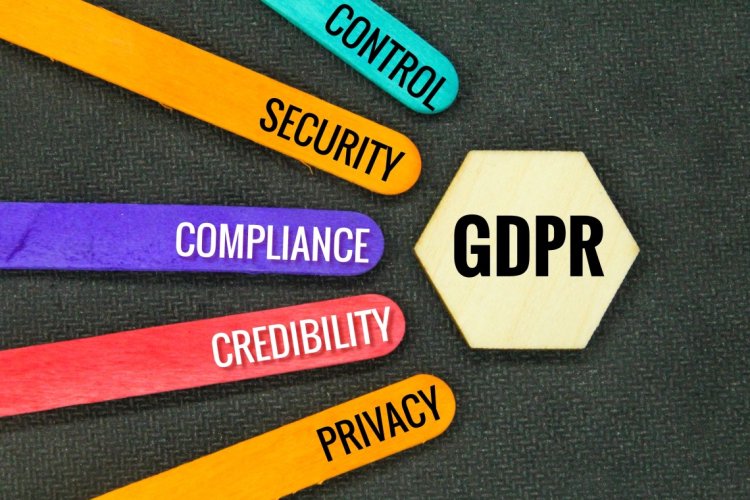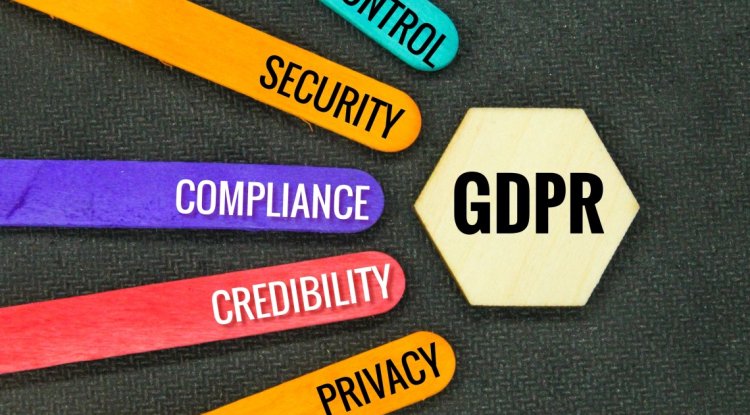Navigating Opt-In Requirements under GDPR and CCPA
Discover how to effectively navigate the opt-in requirements of GDPR and CCPA, ensuring compliance and protecting user data. Learn about the key differences between these regulations and gain valuable insights into maintaining customer trust.

In today's digital age, data privacy has become a paramount concern for individuals and businesses alike. Two significant regulations that have reshaped how companies handle user data are the General Data Protection Regulation (GDPR) and the California Consumer Privacy Act (CCPA). These regulations place a strong emphasis on obtaining user consent through opt-in mechanisms, ensuring transparency and control over personal data. In this article, we delve into the intricacies of navigating opt-in requirements under GDPR and CCPA, shedding light on their nuances and implications.
Understanding GDPR and CCPA
GDPR: Empowering User Control
The GDPR, implemented in May 2018, is a comprehensive data protection regulation applicable to all European Union (EU) member states. It aims to protect the personal data of EU residents and grants them greater control over their information. One of the central tenets of GDPR is the concept of "explicit consent." This means that organizations must obtain clear and affirmative opt-in consent from individuals before processing their personal data. Consent must be specific, informed, and freely given, and users have the right to withdraw it at any time.
CCPA: Enhancing Consumer Rights
The CCPA, enacted in January 2020, focuses on enhancing the privacy rights of California residents. While it currently applies to California, its influence extends to businesses that interact with California consumers. CCPA introduces the right to opt out of the sale of personal information and requires businesses to provide a clear "Do Not Sell My Personal Information" link on their websites. Unlike GDPR's emphasis on explicit consent, CCPA revolves around the right to be informed about data collection and the ability to opt out.
Navigating Opt-In Requirements
Transparency and Clarity
Both GDPR and CCPA underscore the importance of transparent communication. When obtaining user consent, organizations must provide clear and concise explanations of the data processing activities they intend to undertake. These explanations should be free from ambiguity and use plain language that users can easily understand.
Granular Consent Options
To align with GDPR and CCPA standards, businesses must offer granular opt-in choices. Users should be able to selectively grant permission for different types of data processing. This approach ensures that individuals have the flexibility to consent to certain activities while withholding consent for others.
Case Study: XYZ Corporation's Compliance Journey
XYZ Corporation, a global e-commerce platform, faced the challenge of aligning its data practices with GDPR and CCPA requirements. By implementing a comprehensive user consent management system, XYZ allowed users to specify their data preferences with precision. This not only bolstered compliance efforts but also enhanced user trust and loyalty.
Maintaining Compliance and Building Trust
GDPR and CCPA compliance is an ongoing process that demands continuous efforts. Businesses must regularly review and update their data processing activities, keeping them in line with user preferences. Non-compliance can result in severe penalties and reputational damage. By prioritizing user consent, organizations can build a foundation of trust and foster positive relationships with their customers.
About Myself
I am Raghav Chugh, a seasoned professional with over a decade of experience in digital marketing and technology. With a robust background in Campaigns Planning and Execution, Building Automation Tools, PHP Development, and Server Management, I bring a wealth of knowledge to the table. My expertise in data protection and compliance, coupled with my technical proficiency, allows me to navigate the complex landscape of GDPR and CCPA opt-in requirements. Connect with me on LinkedIn for further insights into data privacy and digital innovation.
In this comprehensive article, we've explored the intricacies of navigating opt-in requirements under GDPR and CCPA. By understanding the unique aspects of each regulation and implementing transparent consent mechanisms, businesses can effectively protect user data, ensure compliance, and cultivate a strong foundation of trust. As the digital landscape continues to evolve, prioritizing data privacy is not only a legal obligation but also a strategic imperative for sustained success.
What's Your Reaction?




















